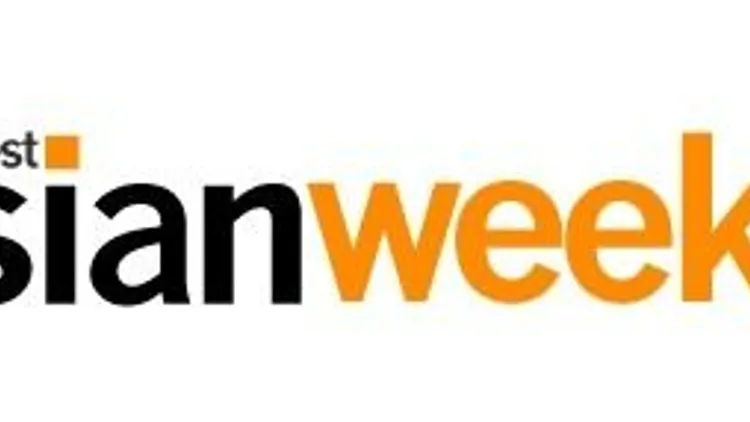'It can change people's lives'
'It can change people's lives' First Cambodian museum in the U.S. opens in White Center
By Anna Lwanga For the Northwest Asian Weekly May 22 - May 28, 2004 Vol. 23 No. 21 Page 1
Images of men, women and children, young and old, identified only by numbers, create a haunting landscape across a museum's walls. These individuals were among the nearly 2 million Cambodians killed during the reign of the Khmer Rouge during the mid 1970s.
About a year ago, the initial development of Duong's vision began to take shape in his garage. There, he began gathering artifacts and film in hopes of one day creating a museum that would pay tribute to those who lost their lives, as well as to Cambodia's art and history.
The museum "will be a great place for the Cambodian community to come and study about their own culture, tradition, and also to learn about their identity." Duong said. "I hope that through this place, it can change people's lives, especially the Cambodian generation here."
One of the primary sections of the museum describes the Killing Fields, the mass burials of the victims executed by the Khmer Rouge. Before being executed, the victims were blindfolded, and then tortured. Photos of the victims' skeletal remains, with blindfolds still across their eyes, were among the images displayed.
Much of the museum's funding has come from Duong himself. He himself acquired much of the museum's photos and artifacts through the Documentation Center of Cambodia, which supplied the images of the victims prior to their execution, among other artifacts related to the genocide.
Duong also received assistance from Ryker Labbee, an amateur photographer who spent time in Cambodia. Labbee donated photos of some of the natives, as well as images of temples and traditional dancers.
"There's a lot of rich history in this country (Cambodia), and exposing the kids to that is a good thing," Labbee said. "Having a presence in White Center will be good because the Cambodian community is obviously centered in this area."
More than 12,00 Cambodian Americans live in the Greater Seattle area alone -- the third-highest population among metropolitan areas in the United States, according to the 2000 census.
In addition to the Killing Fields exhibits, the museum also carries an array of historical and cultural artifacts. Models of traditional forms of transportation and musical instruments are among those displayed, many of which are still used in the country today.
Kosal Thoeun, Duong's brother-in-law, was too young to recall the horrors of the Cambodian genocide, but he knows of the suffering his parents endured. He has helped with the museum's development since its beginning and appreciates how much the museum has added to his understanding of his native land. "All the pictures, the artifacts -- it really opens your mind up," he said.
"Before I never thought the Khmer Rouge was all that cruel, until you actually sit there and read it ... you realize a lot of things."
Many of these readings can be found in a third section of the museum, the library and video room, which houses actual books from Cambodia, and will feature showings of Cambodian documentaries.
Many of the library's books originated from Cambodia, and they were what caught the eye of University of Washington alum Phatry Pan. During college, Pan had been actively involved in the Cambodian student association.
"To see this, it makes me feel good to know that there is an effort to teach the general public about the atrocities of the Khmer Rouge," Pan said. "For those affected by the Cambodian genocide, I think the museum acts as part of the healing process."
Within the next five years, Duong hopes to raise upwards to $2 million to expand the museum. He hopes to recruit more volunteers who can offer technical support, namely to improve the museum. Financial support, he noted, is the biggest challenge.
Pan hopes the museum will touch the lives of not only Cambodian Americans, but the wider community as well.
"The museum promotes and takes pride in the Cambodian heritage and culture," Pan said. "To the general public at large, it will serve as an educational tool."
[end]
Anna Lwanga is a student in the University of Washington School of Communications News Laboratory. She can be reached at scpnwan@nwlink.com
